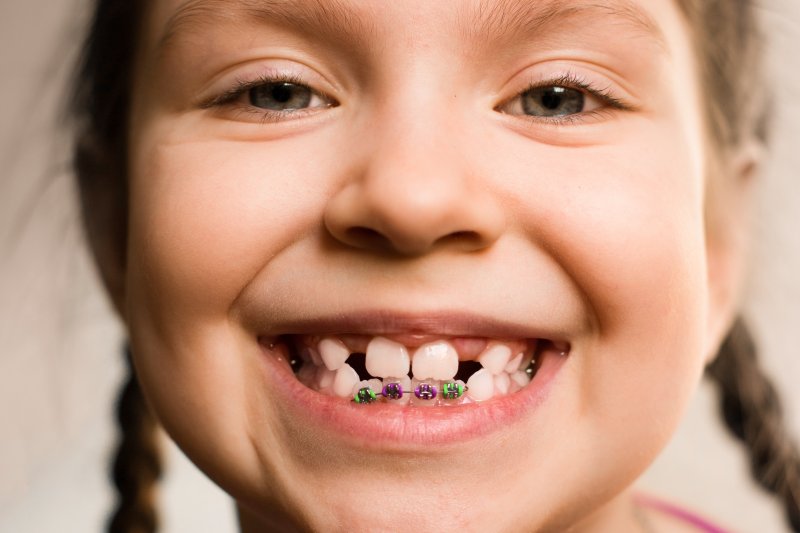
As a parent, you’ll do anything within your power and means to create the best future for your child. Therefore, pediatric orthodontics is worth considering if he or she appears to have some emerging bite issues. How does the process work, though? As you read on, learn about the differences between phase one orthodontic care and phase two, and with the information provided, you can more comfortably move forward with receiving the expert care needed to create a beautiful and healthy smile for your child!
What is Phase 1 Pediatric Orthodontics?
Phase 1 Pediatric Orthodontics isn’t a static form of treatment. Instead, it’s a customized care plan that accommodates each child’s specific dental needs. It starts with your pediatric dentist carefully examining your child’s growing teeth and jaw, which includes taking X-ray and intraoral photographs.
Based on the findings, the dentist may recommend the application of space maintainers, the use of orthodontic appliances (either fixed in place or removable) and at-home behavior corrections. The Phase 1 protocol will typically be continued until your child reaches the age where it’s suitable to wear traditional braces.
Signs That Your Child Needs Phase 1 Orthodontics
There are some habits and tooth emergence patterns that you want to be on the lookout for to determine whether your child may need Phase 1 Pediatric Orthodontics. They include:
- Protruding or crooked teeth
- Struggling to bite or chew food
- Teeth that are unusually close together
- Tongue thrusting after the age of seven
- Noticeable large spaces between the teeth
- Multiple occurrences of accidental lip biting
- Thumb or finger sucking past the age of seven
What is Phase 2 Orthodontics?
If Phase 2 orthodontics is required, there will typically be a one-to-two year resting period after the first phase is completed. The treatment protocol usually entails the placement of braces on the upper and lower teeth for a prescribed period of time, depending on the severity of your child’s malocclusion (poor bite).
By your little one receiving Phase 1 Pediatric Orthodontics first, the Phase 2 process is typically shorter and easier. It’s also an excellent way to avoid the need for extractions and surgery.
What’s the Best Route to Take?
By visiting your pediatric dentist to have your child’s teeth examined, all of the guessing can be eliminated, and you can find out whether the placement of dental braces is the best route to take to improve his or her bite. By being proactive, you can better ensure that your child has a bright oral health future ahead. To schedule the first visit, contact your pediatric dentist today!
About the Author
Dr. Dalia Georgy is a graduate of the University of Oklahoma. She has since gone on to complete over 200 hours of continuing education courses, which includes specialty training in braces from Gerety Orthodontic Seminars and F.O.R.C.E. Int. Dr. Georgy helps children attain healthy and beautiful smiles at Glenpool Braces, and she can be reached for more information through her website.
